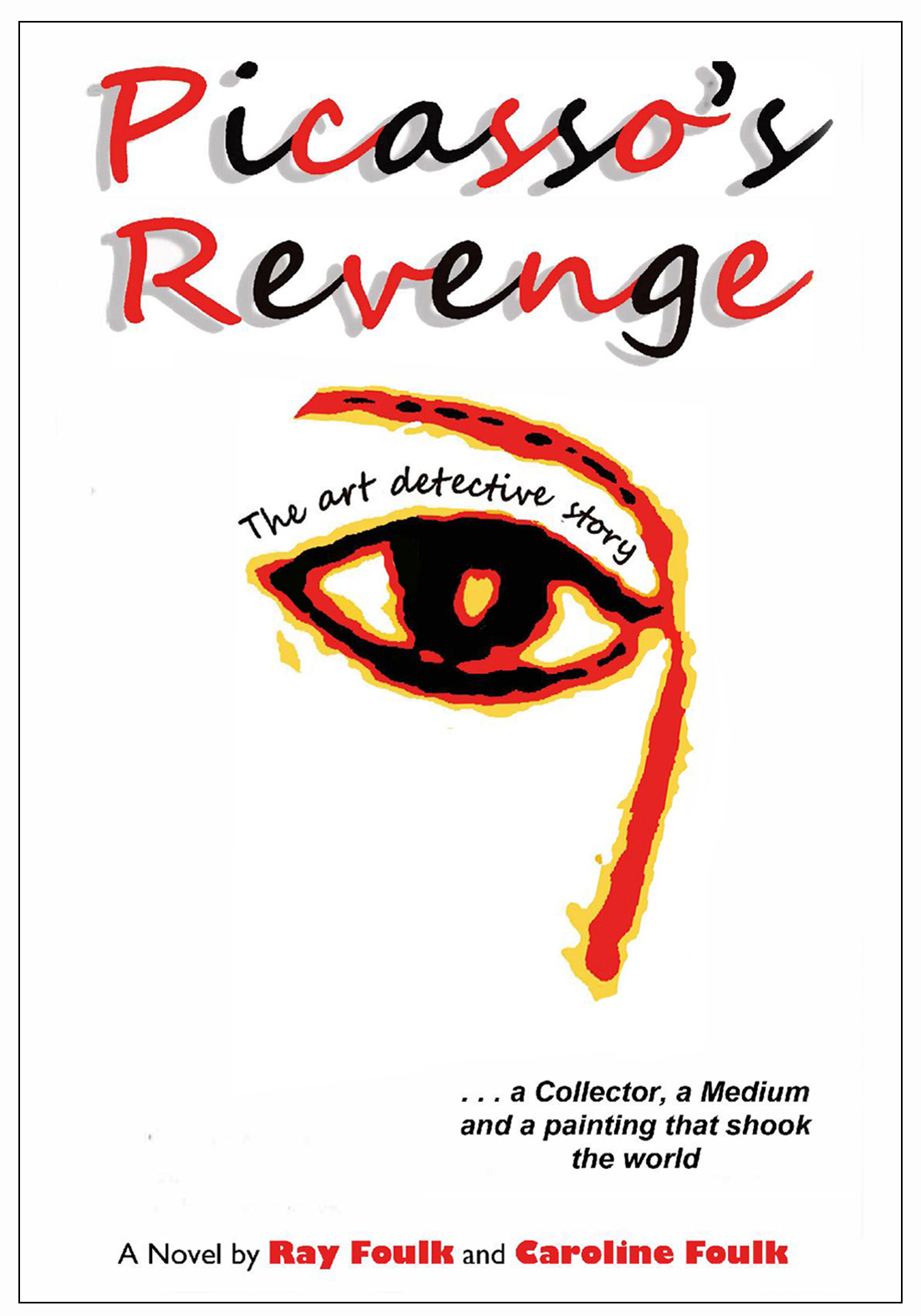Scala Arts & Heritage Publishers, Ltd.. November 2014. 64p. illus. ISBN 978-1-85759-913-8. $12.95.
In this generously-illustrated (more than 90 reproductions the majority of which are in color) publication, Berry (Assistant Director of Academic and Student Affairs, The Ringling; Ph.D, University of Oxford, UK) takes readers on a very brief introductory tour of The Ringling, a unique museum complex located in Sarasota, Florida, USA. Founded in 1911 by the circus impresario and one of the richest men in America, John Ringling (1866-1936), and his wife Mable (1875-1929) when they purchased 20 acres of waterfront land in the then small town of Sarasota, upon which they built their winter residence known as the Ca’ d’Zan (i.e. “House of John” in Venetian dialect), the Ringling grew during the 20th century into one of the largest university arts complexes in the United States. (p. 6) Today it is comprised of the Ringling mansion, the Ringling art museum showcasing the couple's art collection, a circus museum, an 18th century Italian theater, an education center, gardens, and many more attractions. It purports to offer visitors a growing list of wonders to see and enjoy including historic architecture, paintings, sculpture, decorative arts objects, circus memorabilia, and gardens. Interspersed with mostly reproductions and some accessible text, this book provides an extremely succinct overview of The Ringling and its many features. Designed as a souvenir intended to enhance visitors’ onsite experiences, it can be read in less than one hour and is recommended for museum visitors. Museum aficionados, professionals, students, scholars, and others should consult other publications, if they desire more detailed and scholarly information about The Ringling, its history, collections, and many attractions. Review copy. Availability: Amazon.com, Barnes & Noble, Scala Art Publishers, Inc.
Monday, December 15, 2014
Saturday, September 6, 2014
Coonin, A. Victor and The Florentine Press. From Marble to Flesh. The Biography of Michelangelo's David.
B'gruppo. 2014. c272p. illus. bibliog. index. ISBN 9788897696025 (paper) $25.13. B00LB8AWD0 (kindle ebook). $17.99. 9788897696100 (Nook book). $20.99.
The gigantic marble statue of the biblical King David (c. 1501-1503) by the sculptor, painter, and architect Michelangelo Buonarroti (1475-1564) indisputably is one of the most famous statues in the world. Originally intended to stand atop one of the spurs of the Cathedral of Santa Maria del Fiore in Florence, Italy, for more than three hundred years it stood on a pedestal in Florence’s Piazza della Signoria close to the door of the town hall known as the Palazzo Vecchio, where it became a political symbol of Florence and then of Italy. Now an artistic and popular icon of nearly worldwide import, David is acclaimed as a superlative example of Renaissance art created by one of the most gifted artistic geniuses who ever lived. Inspiring millions of people over the course of its centuries- long existence, Michelangelo’s David also may be one of the most reproduced masterpieces the world has ever seen. In this publication, which was crowd funded and produced by means of the assistance of The Florentine Press, Coonin (James F. Ruffin Professor of Art History at Rhodes College, Memphis, TN; Ph.D, Art History, Rutgers University; the author of dozens of articles, essays, and catalogue entries as well as the editor of two books on Renaissance Art), a distinguished art historian who specializes in Italian Renaissance Art, writes the first ever “biography” of Michelangelo’s masterpiece, while attempting to answer the fundamental questions: What makes David so famous? Why does a 500-year-old statue of a religious figure continue to almost universally resonate with viewers? Examining his subject by means of a humanizing approach that adopts various methodologies and gives the statue and its history many lifelike qualities, the author covers the Origins, Adolescence, Maturity, Midlife Crises, and Golden Years of David. Beginning his story of the colossus long before Michelangelo secured its commission and continuing it into the 21st- century, Coonin recounts how what started simply as a monumental block of marble from a quarry in the mountains near Carrara, Italy, became in Michelangelo’s hands an embodiment of human accomplishment, perfection, magnificence, and beauty. Before and following the death of the artist in 1564, the statue endured a precarious existence on the Piazza della Signoria in Florence until it was moved to Florence’s Accademia Gallery of the Accademia delle Belle Arti during the summer of 1873, at which time it occupied what would become a specially- built space called the Tribune. During the 19th and 20th centuries, David came to be widely copied and reproduced. It appeared as and in various forms and media including casts, statutes, advertisements, body tattoos, and other commodities. Its imagery was appropriated, adapted, and/or modified by various groups, causes, and contemporary artists. Today while Michelangelo’s statue has achieved iconic status, it still remains threatened by environmental, physical, social, and other phenomena. Retelling the complete history of Michelangelo’s David up to present times, Coonin discusses all aspects of David's life and many topics, not limited to the statue’s predecessors, symbolism, and naturalism as well as the cultural, political, and social contexts in which it was viewed. He addresses many subjects about David and Michelangelo that still may be considered controversial such as their sexualities and the statue’s nudity. The author also sets forth a considerable amount of information about David’s restorations and the perils that he continues to face into the future. Scholarly yet very accessible and engaging, this noteworthy, well-presented, cleverly- conceived, first publication of its kind to consider Michelangelo’s masterpiece over the course of many centuries and in terms that humanize the statue and consider it as a living art object will be of significant interest to art lovers, students, scholars, and others. It is very highly recommended for many academic, special, and public libraries. Review copy. Availability: Amazon.com, Barnes & Noble.com, The Florentine Press
Wednesday, March 19, 2014
Minardi, Joseph. Historic Architecture in Northwest Philadelphia, 1690-1930s.
Schiffer Publishing Ltd. 2012. c272p. bibliog. illus. index. ISBN 978-0-7643-4198-4. $50.00.
, In this very profusely-illustrated publication (744 color and black-and-white reproductions), Minardi, an award-winning photographer and the author of several books on the architecture of Philadelphia (Historic Architecture in West Philadelphia, 1789-1930s; Historic Architecture in Philadelphia: East Falls, Manayunk, and Roxborough), examines the architecture of the Wissahickon Valley and the individuals who made it possible, oftentimes with the locally-sourced building stone known as Wissahickon schist. The author presents brief histories of German Township and the neighborhoods of the Wissahickon Valley, Germantown, Mount Airy, and Chestnut Hill. Covering the colonial period to the 1930s and discussing a wide variety of styles and influences, not limited to the Georgian, Colonial, Federal, Second Empire, Romantic Eclectic, and Victorian Eclectic, Minardi provides an ambitious, wide-ranging architectural history and review of 450 structures, many of which are extant and well-preserved. He features churches, inns, museums, residences, schools, and other building types while meticulously documenting his survey with captions, endnotes, a bibliography, and biographies of selected architects and their firms. Overall Minardi’s presentation of the material is thoughtful, well-organized, nicely formatted, and professional. Unfortunately, this publication lacks a good map or maps of the neighborhoods. Scholarly yet accessible, this book will be of significant interest and value to historians, architects, preservationists, residents, and some general readers who may be delighted by its superabundance of contemporary and archival images. It is very highly recommended for large public, academic, and special libraries, particularly for those located in the Delaware Valley region. Review copy. Availability: Amazon.com, Barnes & Noble.com, Schiffer Publishing
, In this very profusely-illustrated publication (744 color and black-and-white reproductions), Minardi, an award-winning photographer and the author of several books on the architecture of Philadelphia (Historic Architecture in West Philadelphia, 1789-1930s; Historic Architecture in Philadelphia: East Falls, Manayunk, and Roxborough), examines the architecture of the Wissahickon Valley and the individuals who made it possible, oftentimes with the locally-sourced building stone known as Wissahickon schist. The author presents brief histories of German Township and the neighborhoods of the Wissahickon Valley, Germantown, Mount Airy, and Chestnut Hill. Covering the colonial period to the 1930s and discussing a wide variety of styles and influences, not limited to the Georgian, Colonial, Federal, Second Empire, Romantic Eclectic, and Victorian Eclectic, Minardi provides an ambitious, wide-ranging architectural history and review of 450 structures, many of which are extant and well-preserved. He features churches, inns, museums, residences, schools, and other building types while meticulously documenting his survey with captions, endnotes, a bibliography, and biographies of selected architects and their firms. Overall Minardi’s presentation of the material is thoughtful, well-organized, nicely formatted, and professional. Unfortunately, this publication lacks a good map or maps of the neighborhoods. Scholarly yet accessible, this book will be of significant interest and value to historians, architects, preservationists, residents, and some general readers who may be delighted by its superabundance of contemporary and archival images. It is very highly recommended for large public, academic, and special libraries, particularly for those located in the Delaware Valley region. Review copy. Availability: Amazon.com, Barnes & Noble.com, Schiffer Publishing
Subscribe to:
Posts (Atom)














